Juniper horizontal "Blue chip": description, planting and care
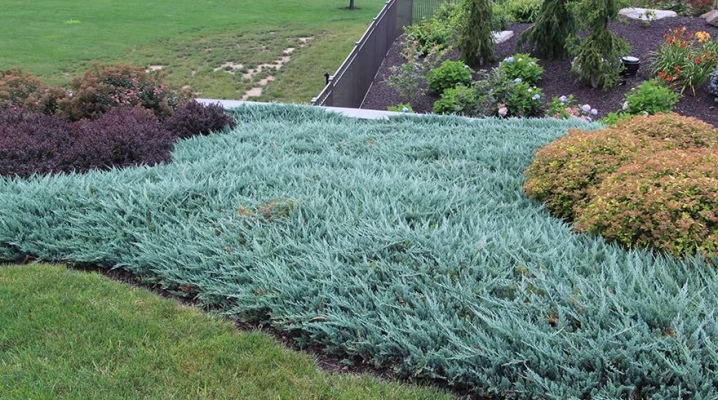
Juniper "Blue chip" is considered one of the most beautiful among other varieties of the cypress family. The color of its needles is especially delightful, striking with its blue and lilac shades, and changing in different periods of the year. This plant seems to have been created for the decorative design of territories that are different in their relief and purpose.
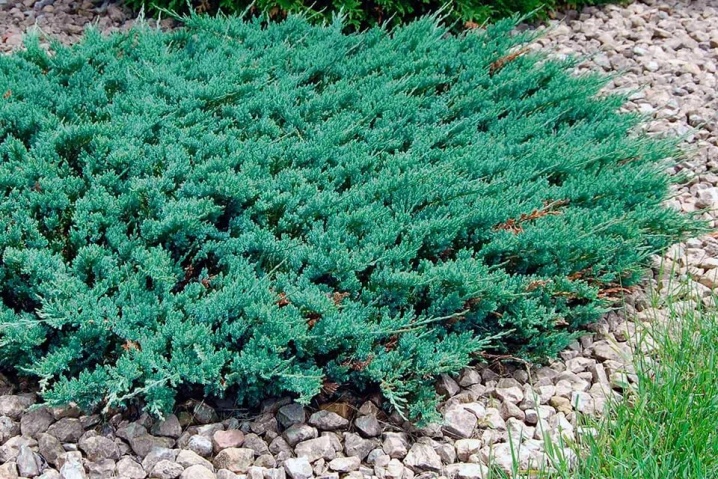
Description
The natural habitat of the shrub is North America.
An amazing feature of Blue Chip juniper is its horizontal growth.
In our country, it is cultivated both in the middle zone and in the south, and in the northern regions with a cold climate. This is due to the high degree of adaptability of the plant to different types of climate.
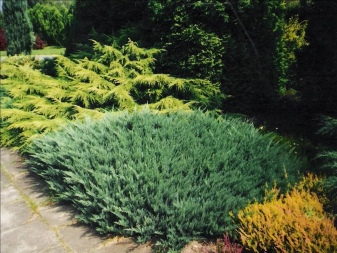
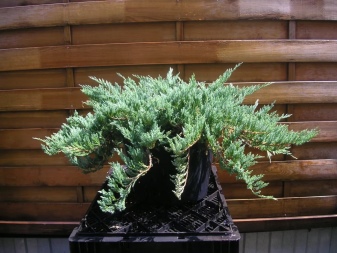
Let's list the external characteristics of the Blue Chip juniper.
- The shrub is considered dwarf, since it reaches a maximum of 30 cm in height, but its volume is striking at such a height of 1.5 m. At the same time, the culture looks compact, and the crown of the juniper has a raised shape. The plant grows 10 cm per year, therefore it is considered slow-growing.

- Branches growing parallel to the ground are 1 m long, and when they grow densely, like a carpet, they cover the ground.

- The needles consist of tightly set thin and prickly needles no more than 5 mm long, spreading a tart coniferous aroma. The narrow leaves have a scaly structure, due to which the crown seems velvety.
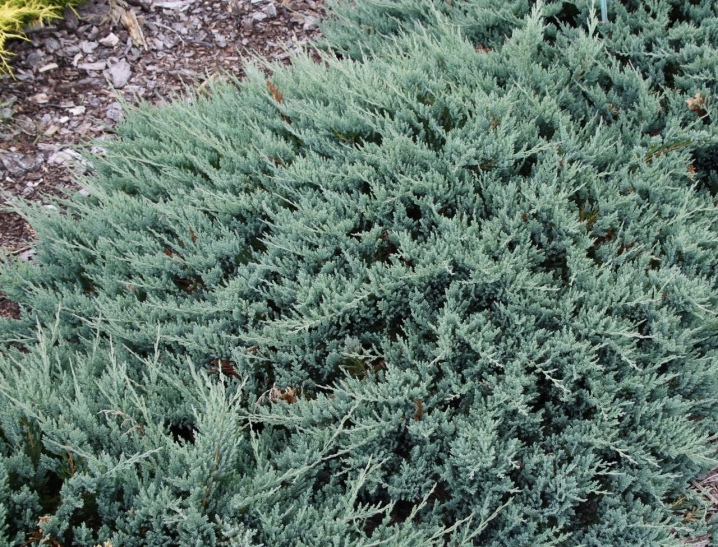
- In spring, its color is diluted with bright blue spots of young shoots, in summer a silvery-steel tone prevails, in autumn the branches acquire a brown color in combination with shades of lilac, in winter the handsome juniper amazes with its magnificent purple robe.
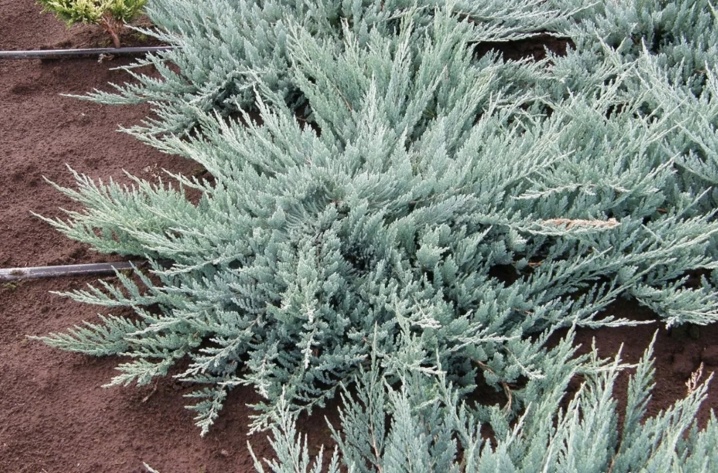
- The size of the round cone berries in diameter is 5-6 mm, the fruits are black with a light bluish bloom. They are rarely born and are believed to have medicinal properties.
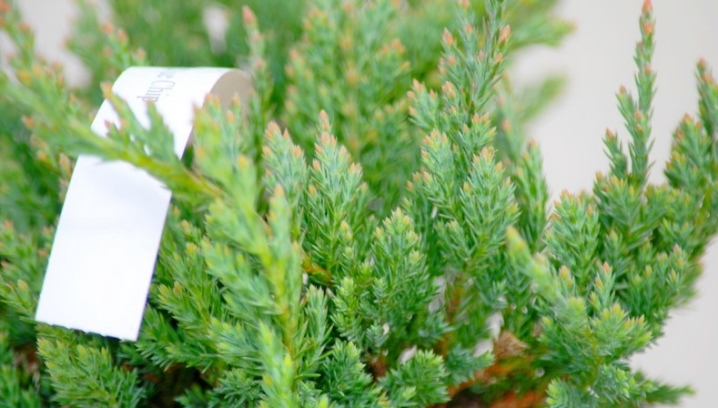
Horizontal juniper easily tolerates cold, arid climate and even polluted air, which is able to purify.
This allows it to be planted in city squares and parks. Due to its high decorative and useful qualities, Blue Chip is a desirable shrub for many gardeners., moreover, the scope of its application is quite large.
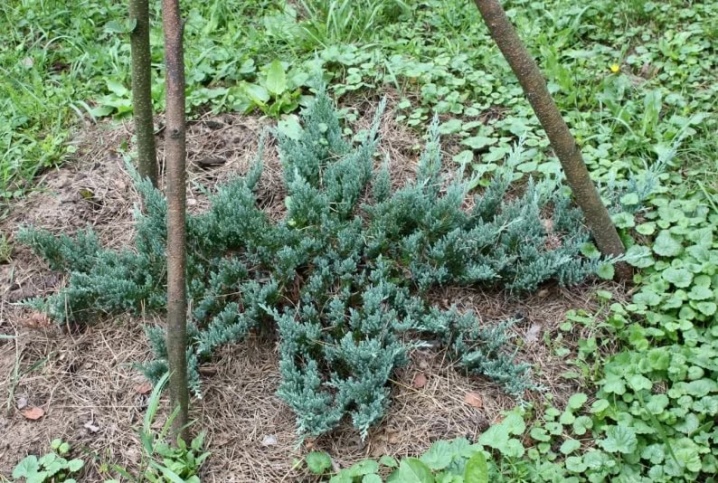
How to plant?
The ground cover plant will take root quickly and will have a beautiful decorative appearance if properly planted.
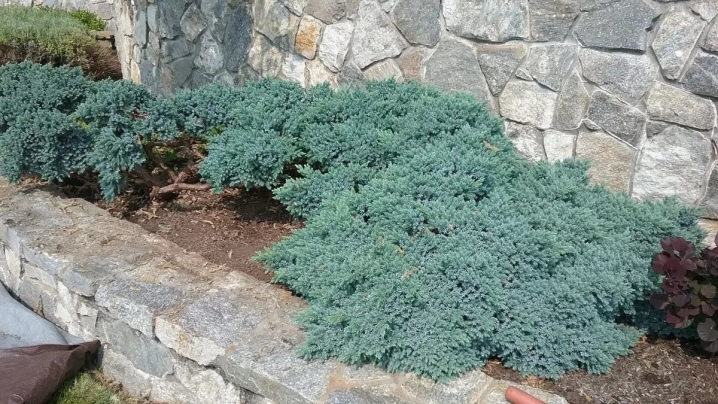
This applies not only to the planting process, but also requires preparation for it.
- First, a suitable sunny area with light shading is selected - lighting is important for the growth of the juniper and the bright color of its crown. Blue Chip prefers moderately dry soils with an alkaline composition or high acidity.
- For a culture, a large amount of moisture and soil salinization are destructive, in addition, good air permeability of the earth is needed, therefore constant loosening of the upper layer is required.
- It is advisable to buy a seedling fresh, annual, with several branches covered with needles and developed roots, placed in a packaging material, a pot or a container.
- You cannot buy a plant with faded or yellow needles, whitish spots on it - most likely, such a seedling is sick.
- If during extraction it turns out that the earthen lump unevenly covers the root processes, and in some places they shine through, then the roots are placed in settled water before planting and treated with "Kornevin".
- Before planting, the juniper removed from the container can be kept in a damp cloth to keep the roots from drying out.
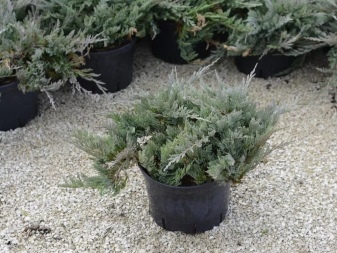
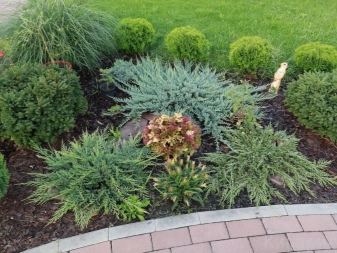
Planting is carried out in March or April, it is permissible to plant young plants on warm autumn days.
At the same time, it is important to follow all the rules regarding agricultural work.
- Small seedlings need space up to 60-70 cm deep and 2 times larger than the roots together with the soil.
- For the drainage layer, expanded clay or river sand mixed with pieces of brick is suitable.
- The composition of the soil for filling the hole is a mixture of sand, turf and peat, taken in equal proportions. At the optimum acidity level, peat is not required to be added.
- If two or more plants are planted next to them, an interval of 2 m is observed between them.
- Part of the soil mixture is placed on top of the drainage, water is poured into the hole.
- After absorption, the root system is placed in the ground and covered with loose soil, while gently tamping.
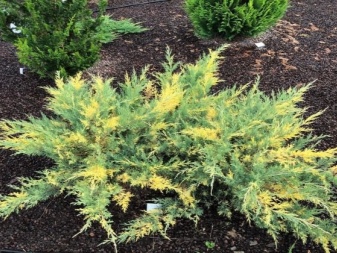
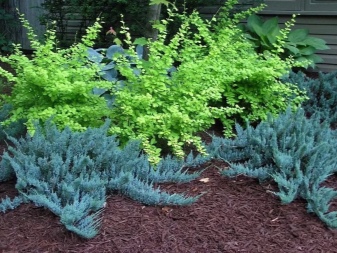
It is not recommended to immerse the root collar of the juniper too deeply - it should be flush with the soil surface.
You can avoid excess moisture and its stagnation by laying a layer of mulch from peat, chips and pine bark under the bush.
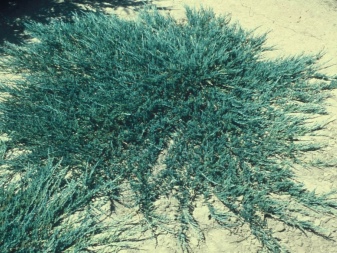

Within a few days after planting, the crowns of young junipers are sprayed with a growth stimulator ("Epin"). If the root system has not been treated with a similar tool, then the near-stem zone is watered with a special solution.
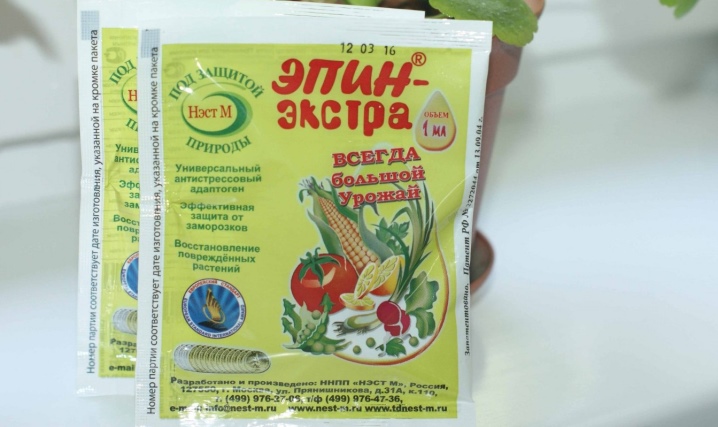
How to take care of it properly?
Caring for Blue Chip juniper at home is reduced to the usual procedures, carried out in relation to all conifers.
- Within a year after planting, in warm weather, young bushes of blue shrubs need to be watered regularly, since the unformed root system is unable to fully provide the aerial part of the plant with water and nutrients. This is followed by periodic watering at a frequency of 1 time per week. If the surface layer is dry, this is a signal that it is time to irrigate the ephedra.
Moderate watering means one bucket per plant. On hot days and in the absence of rain, additional irrigation is allowed.

- It is necessary to weed and loosen the soil from weeds both before and after watering. After that, it is worth pouring wood shavings, sawdust and chips to the trunk. Loosening should not be deep, it is carried out carefully so as not to injure the underground part of the juniper.
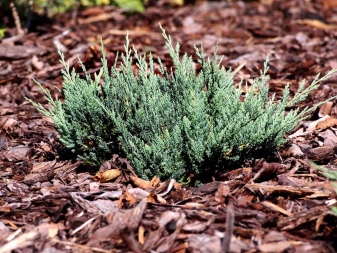

- Top dressing is carried out from early spring until May. For an active growing season of a juniper at this time, it requires mineral, mainly nitrogen fertilizers with a small content of potassium and phosphorus. But these components must necessarily be present in the compositions for the autumn enrichment of the earth.
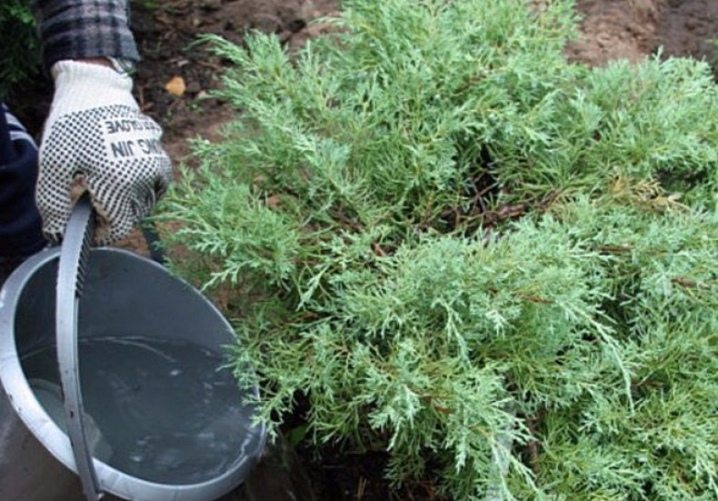
- You should not oversaturate the soil with these substances, although useful, but dangerous in large quantities. It is better to follow the instructions that come with these funds. On soils with a scanty humus content, it is allowed to saturate the soil with organic additives - manure and chicken droppings, but only rotted, and not fresh.
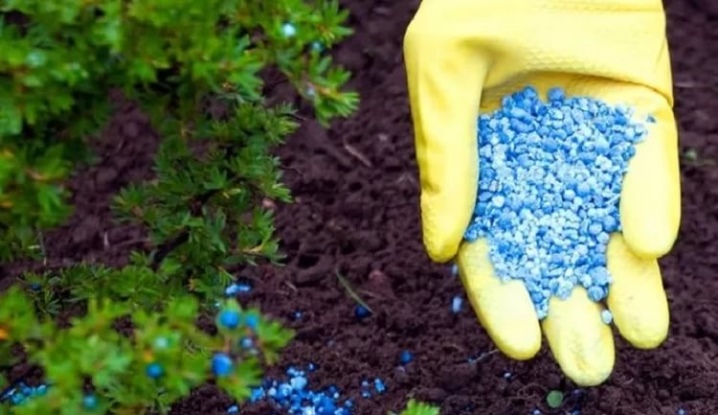
- In early spring, a Blue Chip sanitary haircut is carried out - for this, damaged branches are removed, as well as dried and frozen shoots, from which the tips are cut off. The essence of the procedure is to make the shrub healthier, in addition, it allows young branches to grow better. It is not customary to do decorative trimming - the juniper already looks impressive and organic.
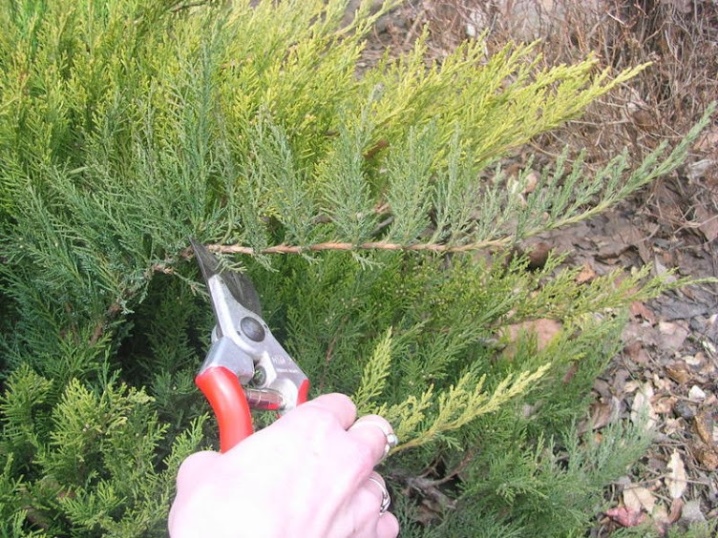
- The evergreen plant is not susceptible to severe frosts, therefore, only the seedlings planted in the current year are sheltered for the winter, after having previously mulched the soil under them with a thick layer of peat (10 cm). Experienced gardeners recommend covering the bushes with a fine-mesh construction mesh, which will protect delicate needles from burning out during the winter period and in spring until early May.
But it should not be placed too tightly so that the plants receive oxygen.
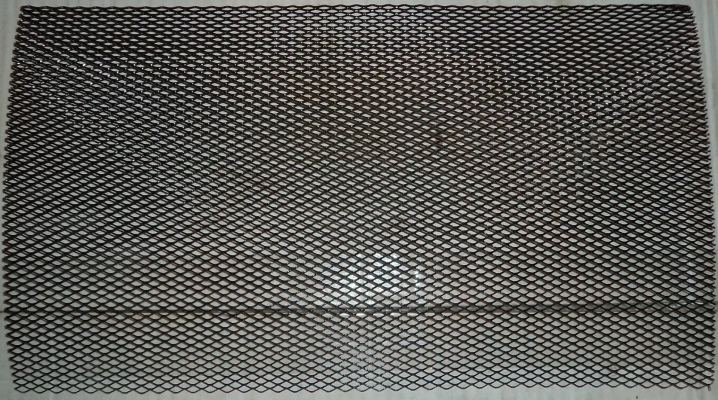
Already in March, it is necessary to thaw the soil near the plants, and remove the snow from under them. This is necessary, since in a horizontal shrub, the needles are constantly subject to moisture evaporation, and if the roots are not thawed, it turns yellow and dries out.

Diseases and pests
It is important for novice gardeners to be aware of what diseases can blue juniper be exposed to, and what dangers are associated with it.
- The plant can be affected by fungal infections that can destroy its roots, because of this, the branches on which a whitish bloom appears begin to dry. If too many diseased branches are found, then it is better to get rid of the shrub, and then thoroughly disinfect the soil.
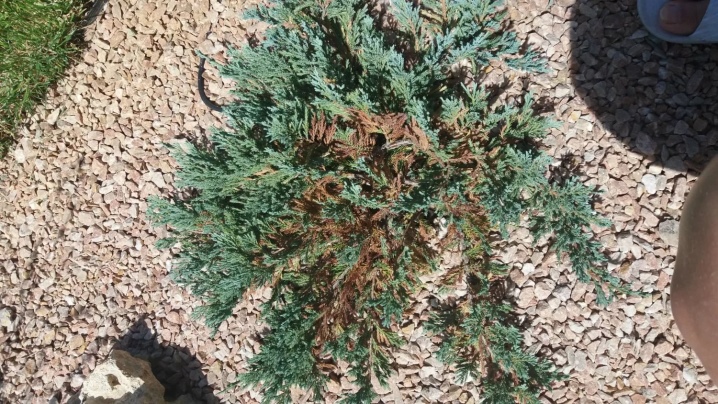
- If shapeless bursts of reddish color appeared on the bushes, and the needles acquired the same shade, then most likely this is the effect of rust - a common disease among different types of juniper. Transplanting a diseased shrub, applying micronutrient fertilizers and spraying with such a complex fungicide as "Arcerid" can help in the fight against the fungus.
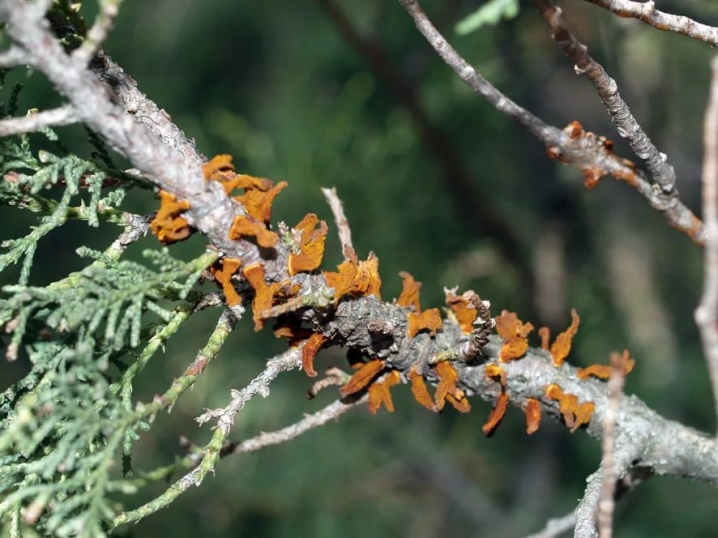
- Often, harmful insects settle on juniper bushes - caterpillars, aphids, spider mites and scale insects. They suck vital juices from the plant; with a large colony of pests, the bush can be threatened with death. In the fight against insects, insecticides are used: "Confidor", "Fitoverm", "Karbofos". You will have to process the crown 2 times with a gap of 10 days.
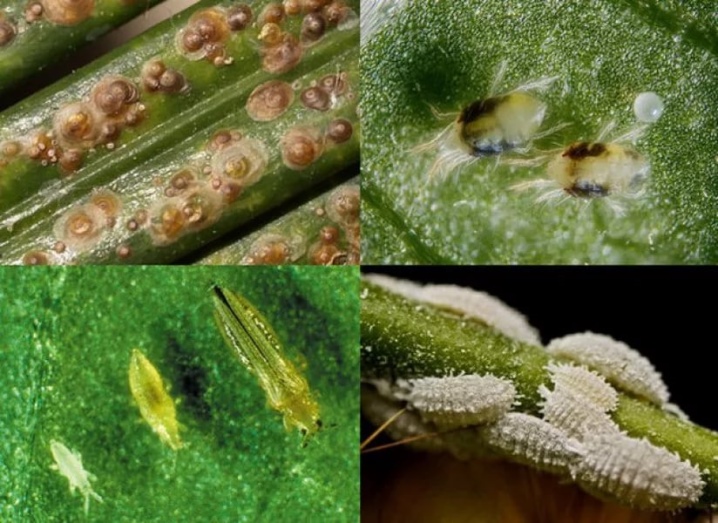
It is always wiser to carry out preventive work to prevent the occurrence of such problems. Therefore, experts advise spraying shrubs with fungicides and insecticidal preparations every month - in spring, summer and autumn.

Use in landscape design
Using a juniper with a horizontal crown especially important when creating various compositions and combinations with other plants:
- pines, spruces, thujas and junipers of a bush type;
- bright garden flowers in flower beds;
- with mosses, herbaceous crops and decorative stones in rockeries;
- with contrasting trees and undersized shrubs on terraces and elevations.

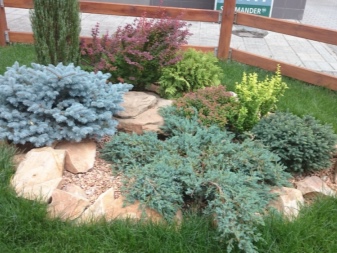
A group of junipers "Blue chip" can be used as a frame for a garden path, used as a living border, a juniper carpet looks beautiful next to artificial reservoirs.
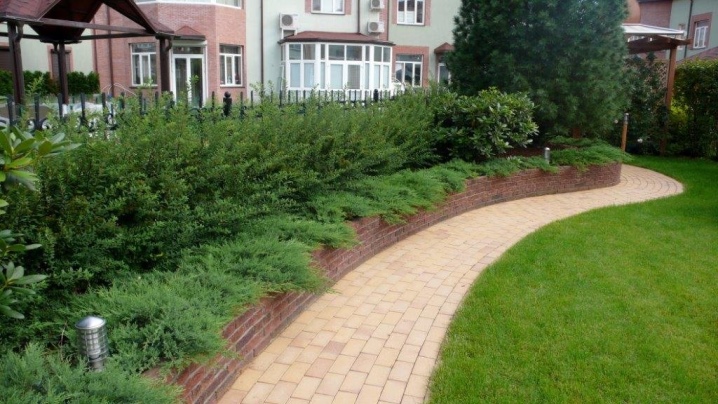
Thanks to the resinous coniferous aroma of Blue Chip juniper, which has bactericidal properties, you can clean the surrounding air from pathogenic bacteria, at the same time its exquisite silver-blue bushes in combination with other plants will help create a harmonious atmosphere in the gardena.
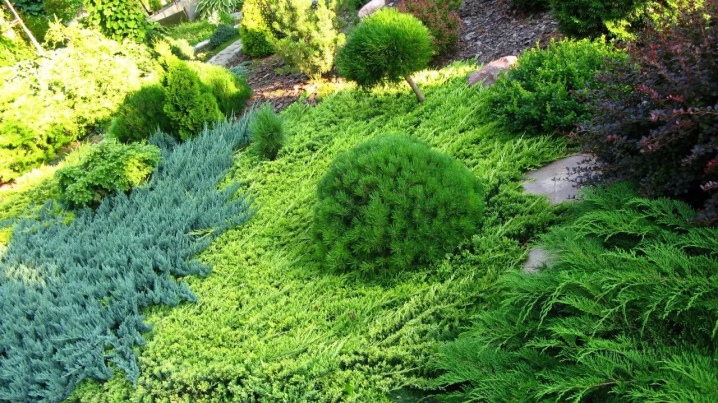
In the next video, you will learn how you can use horizontal juniper in your garden design.



































































The comment was sent successfully.